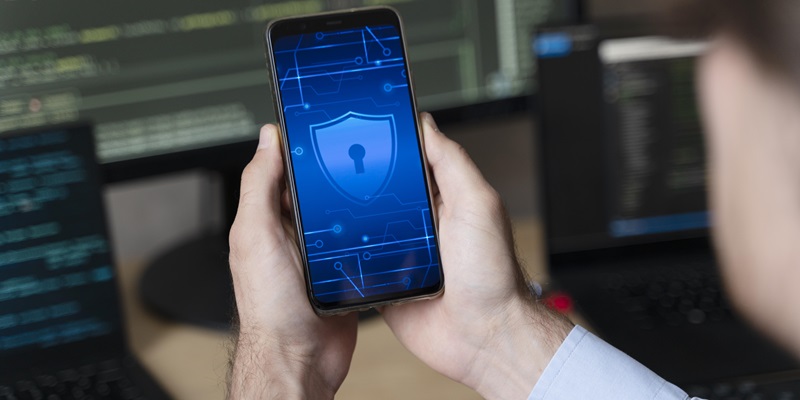As smartphones and mobile devices increasingly become repositories for our personal information and daily tools for accessing services, their security has never been more critical. The ubiquity of these devices in every facet of our lives makes them attractive targets for cybercriminals. From communication to banking, mobile devices carry a wealth of data that, if compromised, could have severe implications for individuals and businesses alike. The threats are varied, from sophisticated malware that can hijack your phone’s operations to phishing attempts that deceitfully obtain sensitive information. This article unfolds the layers of mobile security threats, providing insights on how to safeguard your mobile world. By embracing preventative measures and being vigilant about the risks, users and organizations can effectively protect themselves from the multitude of cyber threats lurking in the digital landscape.
The Rise of Mobile Malware: Understanding the Threat
Malware on mobile devices has become an increasingly pressing concern. These malicious programs are designed to infiltrate, damage, or disable devices, often without the user’s knowledge. Trojans, for one, are particularly insidious: appearing harmless, they covertly siphon off personal information or pave the way for further cyberattacks. Adware, meanwhile, not only distracts users with incessant, unwanted advertisements but can also be a front for data mining activities. Ransomware takes the threat to another level, encrypting user data and holding it for ransom—often with demands for payment in untraceable cryptocurrencies. By understanding how these malevolent programs function, users can better prepare to prevent infections or mitigate their impact.
How Malware Breaks Into Our Mobile Lives
Malicious software, or malware, can infiltrate our digital devices through multiple, often deceptive channels. Even well-regarded app marketplaces have inadvertently acted as vehicles for the spread of malware, where an app, carrying a Trojan horse, may appear harmless but is, in fact, harmful. Emails or text messages with phishing links present another underhanded tactic. These links masquerade as legitimate, prompting unwary users to download malware-laden applications.
Once inside the device, the impacts range from the theft of personal information, like login credentials and bank details, to a degradation in the device’s functionality. Such intrusions can not only breach an individual’s privacy but can also lead to significant financial damage. It’s crucial to recognize these vectors to thwart the stealthy attacks that threaten our digital safety.
The Perils of Phishing: A Deceptive Trap
Phishing—a social engineering attack aiming to gather personal information—remains one of the more prevalent threats to mobile security. Cybercriminals have become adept at crafting convincing emails, texts, and even voice calls that deceive recipients into parting with sensitive data. The consequences of falling prey to these fraudulent activities are severe, ranging from identity theft to significant data breaches. As such, recognizing the red flags of phishing attempts and exercising due skepticism when encountering requests for personal information is paramount.
Unsecured Wi-Fi Networks: An Invisible Danger
Connecting to public Wi-Fi is tempting because it’s free, but it’s also risky. These networks are hotbeds for hackers who can spy on your online activity or conduct man-in-the-middle attacks. When you use these unsecured networks, you might as well be shouting your personal conversations across a crowded room.
The Unseen Risks of Insecure Mobile Apps
Insecure mobile apps present a more concealed form of threat, often overlooked yet equally perilous. Vulnerabilities in app design, such as inadequate data encryption or insecure data storage, can be exploited by attackers, leading to unauthorized information disclosure and data tampering. The scenario worsens when these weaknesses are leveraged to perform code injections, compromising the integrity of the device and user privacy.
Protecting Your Mobile Realm: Measures and Strategies
To safeguard mobile devices from numerous security threats, a comprehensive strategy is essential. Installing robust antivirus programs helps combat malware, while keeping devices and apps updated closes potential security loopholes. It’s crucial to scrutinize the credibility of download sources and hyperlinks to avoid deceptive traps. In an era of cybersecurity challenges, companies must adopt robust strategies to safeguard mobile assets. Implementing Mobile Device Management (MDM) systems is key to monitoring and protecting corporate mobile tech inventories. Beyond technological measures, fostering a security-conscious workplace culture is vital.

